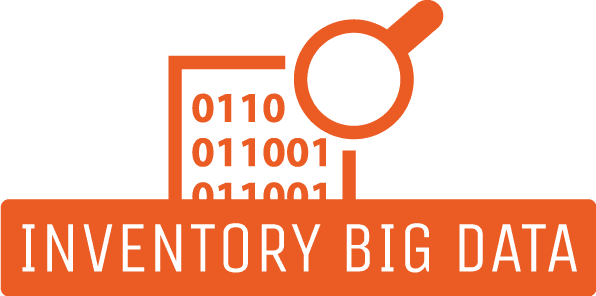Supply Chain Glossary – D Letter
Description
- Demand Forecasting: Demand forecasting is the process of predicting future customer demand for products, enabling efficient inventory management.
- Distribution Center: A distribution center is a facility used to store, sort, and distribute products to customers or retailers.
- Data Analytics: Data analytics involves analyzing large datasets to gain insights and make informed decisions in industrial and supply chain operations.
- Delivery Lead Time: Delivery lead time is the time it takes for products to be delivered from the point of order to the customer’s location.
- Demand Planning: Demand planning is the process of estimating future demand for products and aligning production and supply accordingly.
- Demand Variability: Demand variability refers to fluctuations in customer demand, which can impact inventory levels and production planning.
- Dock Scheduling: Dock scheduling is the coordination of loading and unloading activities at distribution centers and warehouses to optimize efficiency.
- Direct Procurement: Direct procurement involves acquiring goods and materials that are directly used in the production process.
- Demand Signal: A demand signal is an indicator or trigger that informs supply chain decisions, such as changes in customer orders.
- Demand-Side Management: Demand-side management focuses on controlling and optimizing energy usage in industrial facilities.
- Duty Drawback: Duty drawback is a refund of import duties or taxes paid when exported goods are later re-exported.
- Data Governance: Data governance is the framework and processes for managing data quality, integrity, and security in supply chain systems.
- Demand Sensing: Demand sensing uses real-time data and analytics to improve demand forecasting accuracy.
- Dead Inventory: Dead inventory refers to products that are obsolete, expired, or no longer in demand, often requiring disposal.
- Dynamic Routing: Dynamic routing optimizes transportation routes in real-time to minimize costs and delivery times.
- Distribution Network: A distribution network is the interconnected system of distribution centers, warehouses, and transportation routes.
- Digital Twin: A digital twin is a virtual representation of a physical product or process, used for simulation and optimization.
- Demand Side Platform (DSP): A DSP is a technology platform that allows advertisers to purchase and manage digital advertising inventory.
- Discrete Manufacturing: Discrete manufacturing involves producing distinct, individually identifiable items, often in low quantities.
- Dock Door Management: Dock door management coordinates the allocation of loading and unloading bays at distribution centers.
- Demand Signal Repository: A demand signal repository stores and manages historical and real-time demand data for analysis.
- Demand Shaping: Demand shaping aims to influence customer demand patterns through marketing and promotional activities.
- Distribution Resource Planning (DRP): DRP is a software system that optimizes inventory replenishment and distribution planning.
- Demand-Driven Manufacturing: Demand-driven manufacturing aligns production with actual customer demand to reduce waste.
- Direct Store Delivery (DSD): DSD is a distribution method where suppliers deliver products directly to retail stores.
- Demand Classification: Demand classification categorizes products based on their demand patterns and characteristics.
- Demand Fulfillment: Demand fulfillment focuses on meeting customer orders and ensuring on-time delivery.
- Demand-Pull Inventory: Demand-pull inventory replenishment is triggered by actual customer orders rather than forecasts.
- Data Integration: Data integration combines information from various sources to create a unified view of supply chain data.
- Digital Supply Chain: A digital supply chain uses digital technologies and data analytics to enhance visibility and efficiency.
- Demand Chain Management: Demand chain management encompasses the entire value chain, from suppliers to end customers, to meet demand efficiently.
Additional information
| Publication | |
|---|---|
| Department | Supply Chain |






